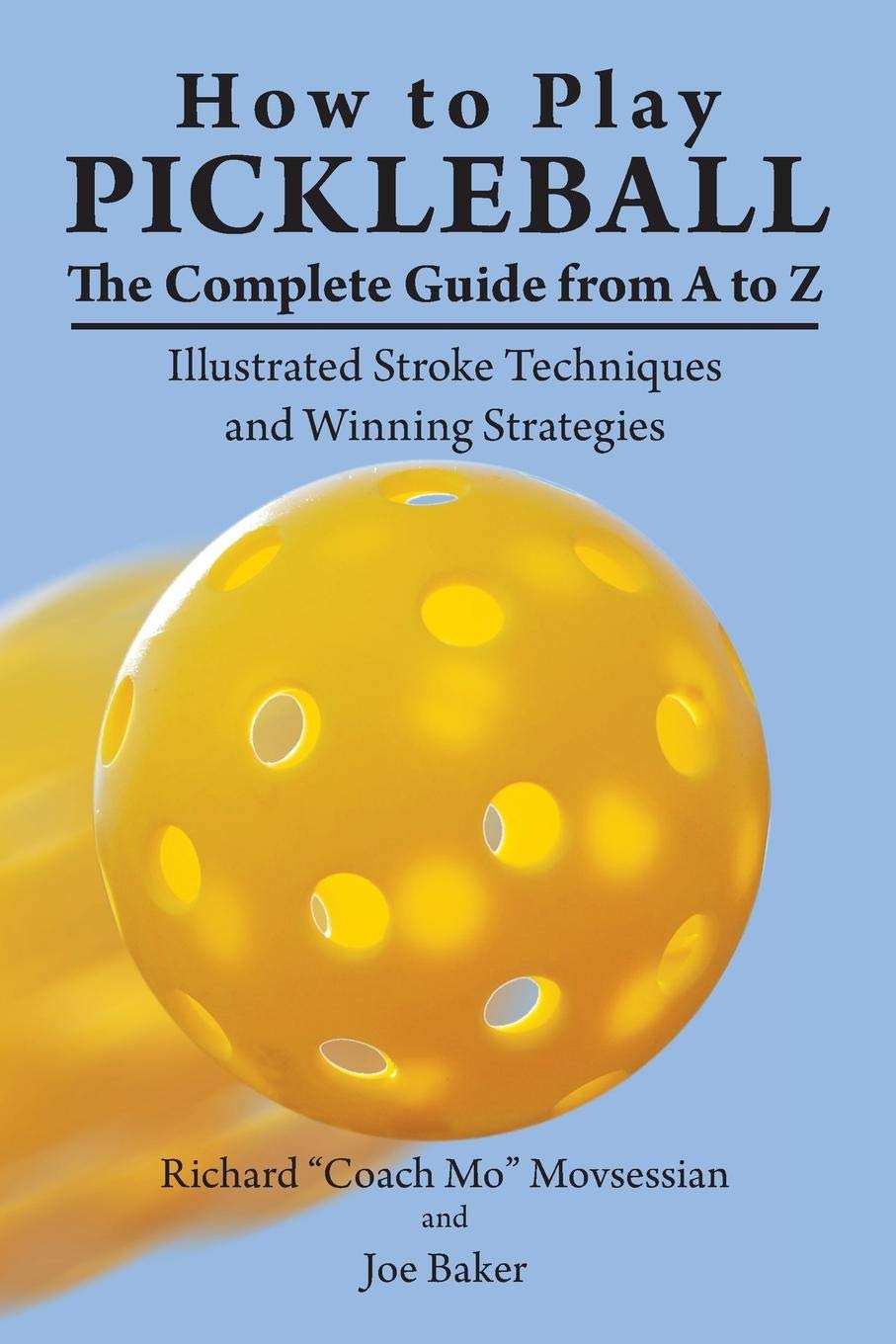
Pickleball can be played individually or in teams of two to four players. Pickleball's rules and tactics are very similar to tennis and badminton with some differences. For instance, pickleball uses a smaller court, and a single low net, instead of a double. The ball is made of plastic with holes and not a wiffle ball.
A special paddle is needed to play pickleball. A pickleball paddle can be used to make serves and volleyballs. Players must hit the ball using their racquet just below their belly button. To serve, you can also use your backhand or forehand.
During a game, the goal is to be the first player to reach 11 points. Points are earned by the other team when they commit a fault. There are three types of faults: hitting the ball into the net, missing the ball, and letting it bounce twice before being struck. A player who hits the ball into a net is a fault and the receiving team will serve the next time.

When serving, the player is positioned at the baseline. The player must then hit the ball towards the diagonal line. The team must aim low in this area to avoid a throw-away. This is also called the transition zone. This area is difficult to score in and can lead to missed opportunities.
Pickleball moves very quickly. Pickleball isn't as competitive as tennis but it can still be challenging for experienced players. You can improve your skills by playing this game.
Pickleball is an excellent sport for families. Pickleball is a great way to exercise and it's easy enough for all ages. However, picking up the basics of pickleball is necessary before you can start to play. These rules can be found in the book Pickleball Rules and Fundamentals.
Before you can start a match of pickleball, you have to decide who will serve the ball. You can do this by predicting a number or just by flipping a coin. Once you have made a decision, it is possible to choose a side and start the match.

Pickleball rules are very simple to comprehend. However, there are nuances to the game that are not common knowledge. Some of these nuances include the use of the non-volley zone, no man's land, and the Transition Zone. These nuances will help you be more competitive.
The non-volley area is seven feet from each side of the net. This is the zone where the paddle of a player's cannot touch the ball, and it does not bounce off the ground. The sidelines and sidelines of a net are also non-volley zones. Players are allowed to hit the ball into non-volley zones or the sidelines. But they cannot hit it into kitchen (the area behind them).
The player must not only stop the ball from bounce, but also must volley it before it lands on court. By doing this, the player can keep the ball under control and make use of the space on pickleball courts.
FAQ
Are there any exercise I shouldn’t do?
You should always consult with your doctor before starting any new workout routine. There are some people who have medical conditions or injuries that make it difficult to exercise. You may also need special equipment or training for certain activities. Swimming, for instance, requires both a swimsuit as well as access to the pool.
What happens if I don’t get enough sleep?
Lack of sleep means that your brain does not receive enough signals to regulate hormones. This can lead to weight gain and excess eating. Overeating can also be caused by a lack of sleep.
How does caffeine impact my sleep?
Caffeine has a significant impact on how fast you fall asleep and how deep you sleep. Caffeine induces drowsiness which makes it easier to fall asleep. However, caffeine can keep you awake longer and make it more difficult to fall asleep. Instead of drinking coffee or energy drinks just before bed, you might consider having them in the evening.
Statistics
- An estimated 110,000 deaths per year could be prevented (cdc.gov)
- One study showed that adults who watch more than 4 hours of television daily had an 80% higher risk of death from cardiovascular disease. (heart.org)
- Globally, 28% of adults aged 18 and over were not active enough in 2016 (men 23% and women 32%). (who.int)
- Adolescent girls were less active than adolescent boys, with 85% vs. 78% not meeting WHO recommendations of at least 60 minutes of moderate to vigorous intensity physical activity per day. (who.int)
External Links
How To
How To Stay Fit During Pregnancy
When you're pregnant, your body undergoes many changes. Your metabolism slows down, and you eat less because you're growing a baby inside you. If you don't get enough rest, you might feel sick. You can still enjoy this time of life, but you can stay healthy.
Before you start any exercise program, it is important to consult your doctor. Your doctor can help you decide which exercises are safe and which should be avoided. The second is to eat well throughout pregnancy. This means eating lots of protein, fiber and iron. Third, you should drink lots of fluids. It's especially important to drink water when you're exercising since you lose a lot of fluid through sweat. Take care of your feet. Your feet should be dry all the time and you should wear shoes that support your feet. Take small bites of toast or crackers if morning sickness is a problem. It could lead to nausea.
-
Be healthy. A healthy diet is important throughout your entire pregnancy.
-
Keep active. Get active for at least 30 minutes each day.
-
Maintain a Healthy Weight. By eating smaller meals and snacks, you can lose weight.
-
Get enough rest. You should aim for 7-9 hours sleep every night.
-
Manage Stress. Learn relaxation techniques.
-
Avoid Alcohol. It may cause miscarriage and birth defects.
-
Be Gentle with Yourself. Be gentle with yourself.
-
Take Care of Yourself. You can have someone look in on you if necessary.
-
Relax. Do things that make you happy.